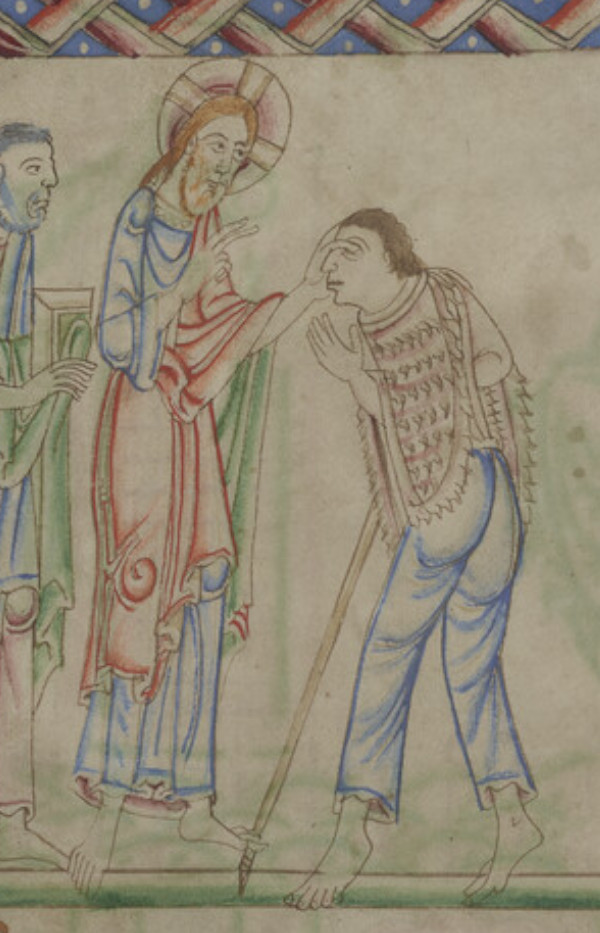Sarah Thursfield, Independent Researcher, author of Medieval Tailor’s Assistant
Volga to Vinland: Early medieval dress & textiles 9 November, 2024
During late prehistory and the first millennium Common Era the basic forms of later medieval garments were emerging through the adaptation of flat pieces of woven cloth. The shape of body garments followed a fairly simple set of models, but there is rather more variety in the garments worn below the waist by men to cover the groin, legs and feet. Early evidence shows breech-cloths and short leggings on the straight grain. Trousers appear to have been in widespread use across northern Europe and Scandinavia by the late Roman period but surviving examples display a remarkable variety in their cut, suggesting that makers used various approaches to develop their patterns.
Sarah Thursfield will present these approaches and discuss how the idea of trousers is more difficult to visualise than the idea of upper body garments in general, and the garment is more difficult to create satisfactorily. What do the survivals tell us about their makers’ perception of woven cloth and its use? And why, towards the end of the first millennium, did the men of northern Europe abandon trousers for linen breeches and bias-cut hose?

Copyright The Master and Fellows of Pembroke College, Cambridge
Licensed under Creative Commons Attribution-NonCommercial 4.0 Unported License (CC BY-NC 4.0)
